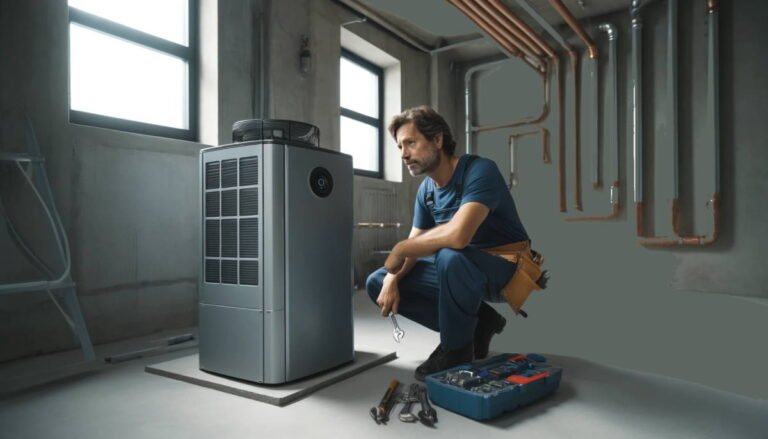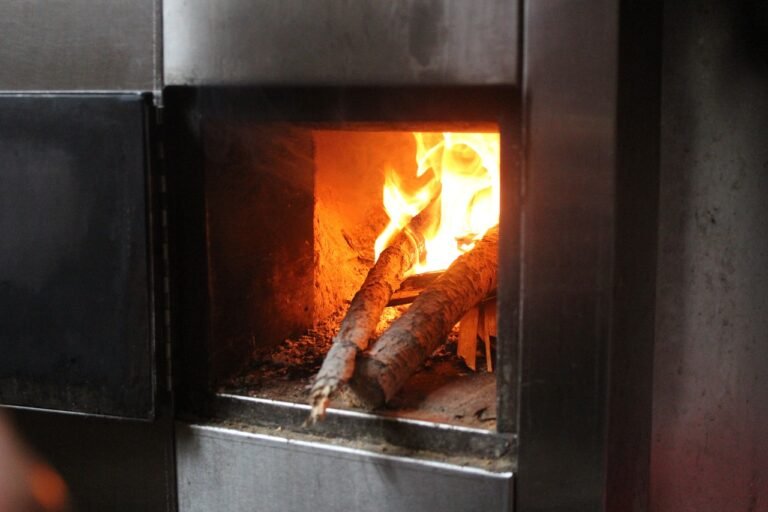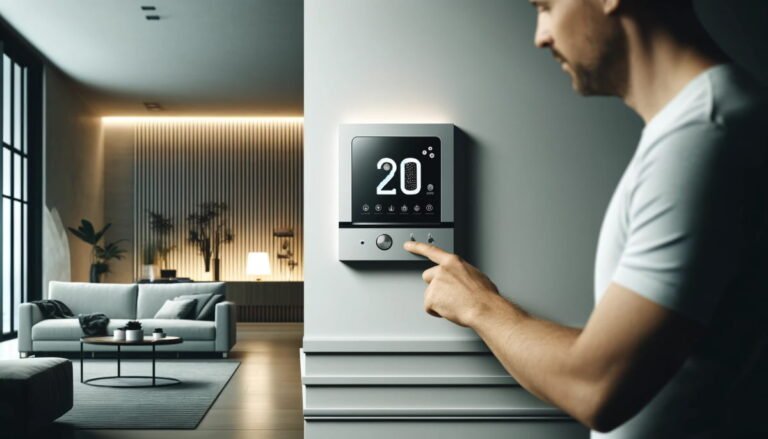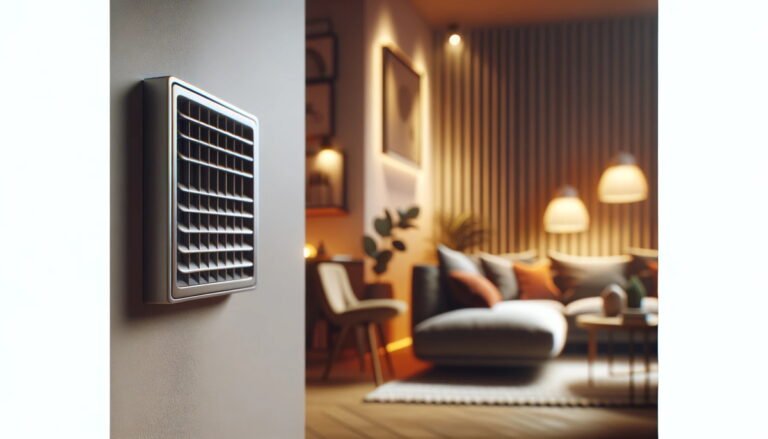What Is: Power Vent Water Heaters (Including Pros and Cons)
Power vent water heaters offer flexibility and efficiency, making them a standout choice among the many options available for home water heating.
But what exactly is a power vent water heater, and who is it best suited for?
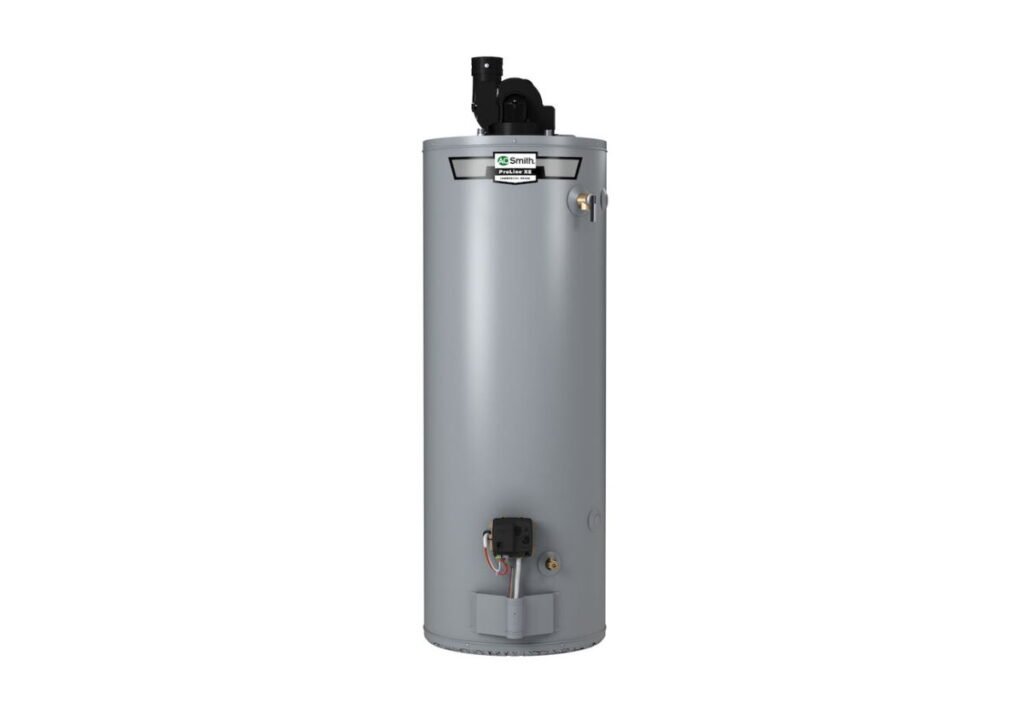
What is a Power Vent Water Heater?
A power vent water heater is a system that uses an electric fan or blower to push the exhaust gases out through a horizontal or vertical venting system. Unlike traditional water heaters, which rely on natural convection to expel gases through a vertical chimney, power vent models can vent gases over longer distances and in various directions. This system is particularly beneficial in homes where traditional venting options are not feasible.
How Does a Power Vent Water Heater Work?
The operation of a power vent water heater is straightforward yet highly efficient.
It starts with air intake. Like standard water heaters, power vent units use indoor air for combustion. This air mixes with the fuel, typically natural gas or propane, in the combustion chamber. This is similar to atmospheric vent water heaters, which also use indoor air for combustion.
However, direct vent models differ significantly here, as they draw in air from outside the home, which can be advantageous for maintaining indoor air quality.
During the combustion process, the mixture of air and fuel heats the water in the tank. Power vent water heaters, unlike direct vent models, are not sealed systems and thus rely on indoor air for this process. This can be a downside if your indoor air quality is a concern, something direct vent systems mitigate by using outside air.
Once the water is heated, the next step is exhaust. After combustion, the fan or blower kicks in to push the exhaust gases through the venting system. This setup is quite flexible as it allows the venting to travel horizontally, vertically, or even over long distances, accommodating various installation scenarios. This is a significant advantage over atmospheric vent models, which rely on natural convection to expel gases vertically through a chimney, limiting their installation options and efficiency due to heat loss.
One of the major advantages of the power vent system is ventilation. Using a fan to expel exhaust gases means that the venting does not depend on natural draft, as is the case with atmospheric vent systems.
This characteristic allows the water heater to be placed in different locations within the home, including areas without access to a vertical chimney.
This flexibility in placement and the efficient expulsion of exhaust gases make power vent water heaters a practical choice for many homeowners, especially when compared to the more limited placement options of atmospheric models and the specialized installation requirements of direct vent systems.
Who is it For?
Power vent water heaters are particularly suited for certain situations and types of homes:
Homes with Flexible Installation Needs: If your home lacks a vertical chimney or you want to place your water heater in a basement or interior room, a power vent system provides the necessary ventilation options. The fan-assisted venting system allows for horizontal and long-distance venting, which traditional models can’t accommodate.
Energy Efficiency: Power vent models often have high-efficiency ratings and can qualify for energy rebates. By using a fan to expel exhaust gases, these heaters ensure consistent and efficient combustion, potentially reducing your energy bills over time.
Areas Prone to Backdraft: In homes where backdrafting is a concern—such as tightly sealed homes—the fan ensures that exhaust gases are reliably expelled. This helps maintain better indoor air quality and prevents combustion gases from re-entering the home.
Noise Tolerance: While power vent water heaters are versatile, they do produce noise from the fan. If your water heater will be installed in a part of the home where noise is less of a concern, such as a basement or utility room, a power vent model can be an excellent choice.
Electricity Availability: These units require electricity to operate the fan. If your home has a reliable power supply, this isn’t an issue. However, if you live in an area prone to power outages, you might need to consider a backup power source to ensure continuous operation.
Installation and Costs
Installing a power vent water heater typically involves higher upfront costs due to the fan and additional venting components. Installation costs can range from $1,500, depending on several factors such as the complexity of the venting system, the length of the vent runs, and the specific model of the water heater.
These costs include both the unit price and labor for installation, as the process can be more intricate compared to traditional atmospheric vent models. For instance, if extensive horizontal venting is required, or if the installation site is far from an exterior wall, the costs can increase due to the need for additional piping and more labor.
Power Vent vs. Other Venting Systems
When comparing power vent water heaters to other venting systems like direct vent and atmospheric vent, several key differences stand out. Power vent water heaters use a fan to expel exhaust gases, allowing for flexible installation in various locations, including basements and interior rooms. This system ensures efficient combustion and reliable venting, making it a versatile choice.
In contrast, direct vent water heaters draw in outside air for combustion and expel gases through a sealed system, ideal for homes with limited ventilation and concerns about indoor air quality. Atmospheric vent water heaters rely on natural convection to vent gases vertically, which limits installation options and tends to be less efficient and more prone to backdrafting.
While power vent systems offer superior installation flexibility and energy efficiency, they come with higher initial costs and potential noise issues due to the fan. Direct vent systems provide excellent safety and air quality but require access to an exterior wall. Atmospheric vent systems are simpler and cheaper to install but lack the flexibility and efficiency of power vent systems. The best choice depends on your home’s specific needs, available installation spaces, and budget considerations.
Highlights of Pros and Cons
Pros
- Installation Flexibility: Power vent water heaters can be installed in a wide range of locations because the fan-assisted venting system allows for long and flexible vent runs, accommodating various installation scenarios.
- Energy Efficiency: Many models have high-efficiency ratings and can qualify for energy rebates, reducing long-term operating costs. The fan ensures consistent and efficient combustion.
- Reliable Venting: The fan ensures consistent and reliable expulsion of exhaust gases, regardless of the home’s natural airflow conditions, reducing the risk of backdrafting and maintaining better indoor air quality.
Cons
- Higher Initial Cost: The additional components, such as the fan, make power vent water heaters more expensive to purchase and install, with costs typically ranging from $1,500 to $2,500.
- Noise: The operation of the fan can be noisy, which might be disruptive if the unit is installed near living spaces. This noise factor needs to be considered when choosing the installation location.
- Electrical Requirement: These units require electricity to operate the fan, meaning they won’t function during power outages unless a backup power source is available. This can be a drawback in areas prone to frequent power interruptions.
Conclusion
Despite the higher initial investment, many homeowners find the flexibility and efficiency of power vent systems to be worth the cost. The ability to install the water heater in a wider range of locations, including basements or interior rooms without direct access to a chimney, adds significant value.
Additionally, the consistent and efficient combustion process, aided by the fan, often results in lower energy bills over time. This long-term energy savings, combined with potential energy rebates and the enhanced safety of reducing backdraft risks, makes power vent water heaters an attractive option for many homeowners.
More About Water Heating

What Is: Direct Vent Water Heater (With Pros and Cons)
When you’re considering a new water heater for your home, the myriad of options can quickly become overwhelming, including atmospheric,…

What Is: Energy Factor (EF) and Uniform Energy Factor (UEF) in Water Heaters
When you’re in the market for a new water heater, you might come across two important metrics: Energy Factor (EF)…
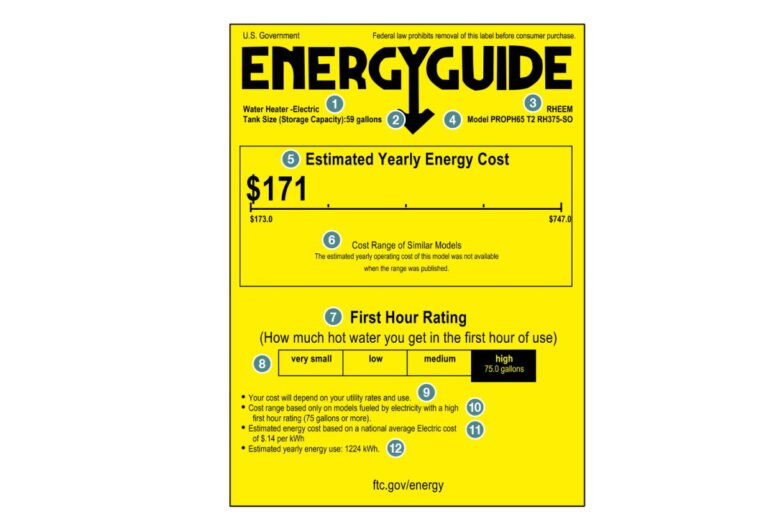
What Is: First Hour Rating (FHR)
When it comes to choosing a water heater, understanding the first hour rating (FHR) is crucial for ensuring your household…

